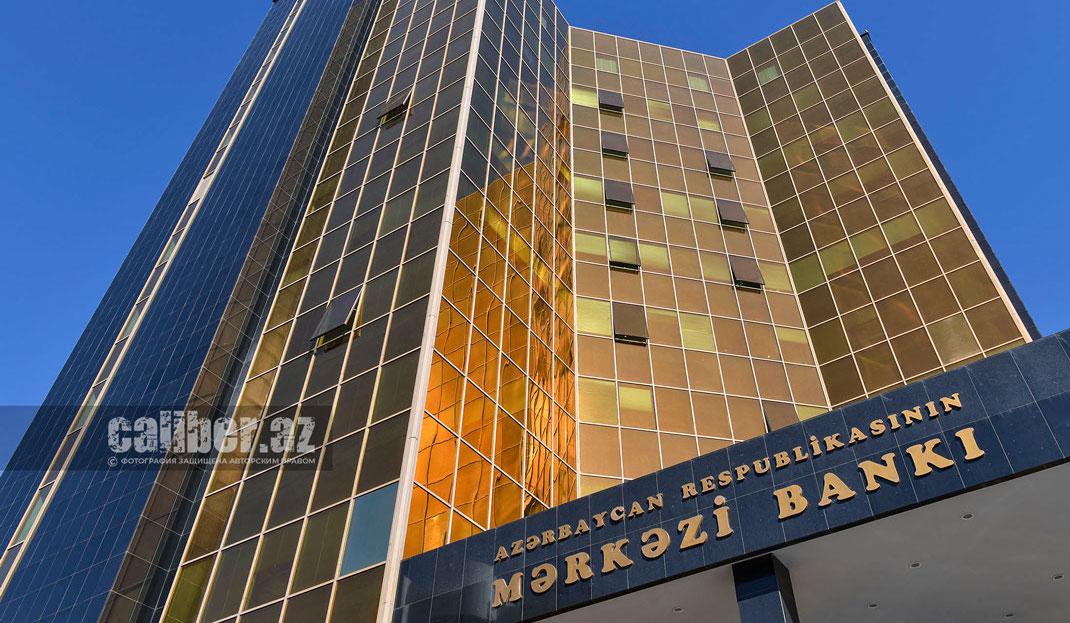Azerbaijan’s balance of payments, investments, and reserves Key economic insights from Caliber.Az
Complex developments in the global economy have continued to weigh on Azerbaijan’s external trade, leading to a noticeable slowdown in trade turnover over the first eight months of this year. Despite this, the country has steadily increased its foreign exchange reserves while maintaining a current account surplus.
At a briefing organised on September 17 by the Central Bank of Azerbaijan (CBA) on the nation’s balance of payments, officials also presented key figures on investments, foreign exchange reserves, and money transfers for the first half of the year. According to the CBA’s forecasts, Azerbaijan’s current account is expected to maintain a positive balance of around $3–4 billion per year in 2025–2026.
High volatility in global hydrocarbon prices, coupled with a decline in oil production—and consequently exports—during 2023–2024, has reduced Azerbaijan’s trade surplus. Over the past two years, amid a global economic slowdown, industrial and trade activity worldwide has noticeably slowed. The resulting drop in demand and prices for hydrocarbons and fuel has inevitably impacted Azerbaijan’s oil sector, which still accounts for a significant share of the country’s total exports.
On the other hand, oil production in Azerbaijan has been declining for several consecutive years due to structural factors, primarily the depletion of major fields, most notably the reduced output at the Azeri-Chirag-Gunashli (ACG) complex.
As a result, Azerbaijan’s trade surplus in 2023 slightly exceeded $16.613 billion, which is 29.6% lower than the record levels of 2022, a year marked by unprecedented growth in energy prices due to the energy crisis triggered by the start of the Russia–Ukraine war. This negative impact on the oil and gas sector worsened noticeably in 2024: according to data from the State Customs Committee of Azerbaijan (SCC), the country’s foreign trade turnover fell by 7%, amounting to just over $47.612 billion, while domestic exports declined by 21.7%.
Consequently, the trade balance remained positive at $5.496 billion, but this figure is three times lower than that of the previous year.

The decline in the country’s commodity revenues was influenced by high oil price volatility in the spring of last year and the clearly “bearish” trends that emerged in the oil market from the autumn onwards. These factors continued to negatively affect Azerbaijan’s trade dynamics in 2025. According to the State Customs Committee (SCC), from January to August of this year, Azerbaijan’s foreign trade operations amounted to $32.118 billion, with exports decreasing by 6.4%. As a result, the trade balance surplus stood at $2.013 billion, 2.7 times lower than in the first eight months of the previous year.
Trade balance figures (the size of the positive or negative balance) are a key component in determining a country’s overall balance of payments. The balance of payments summarises all economic transactions—including exports and imports of goods and services, income, investments, and transfers—between residents of the country and the rest of the world. It consists of three main sections: the current account, the capital account, and the financial account. A deficit or surplus in the balance of payments indicates whether a country is receiving more foreign currency than it is spending, or vice versa, and this parameter directly affects the state’s solvency and the national currency exchange rate.
As noted during the September 17 CBA briefing, Azerbaijan’s current account surplus in the balance of payments for the first six months of this year significantly exceeded two billion U.S. dollars.
“One of the main components of the balance of payments—the current account—recorded a surplus of $2.3 billion in the first half of 2025, which corresponds to a positive balance of approximately 6.3% of GDP,” said Samir Nasirov, Director of the Statistics Department at the CBA. “At the same time, over the reporting period, the country’s net financial assets increased by $3 billion, while net financial liabilities rose by $200 million.”
However, in a comparative assessment, Azerbaijan’s current account surplus in the first half of this year decreased by 11.7% compared to January–June 2024. Deficits were also recorded in several other areas, including the capital account, the financial account, and balancing items.
Nevertheless, by the end of 2025, Azerbaijan’s current account surplus in the balance of payments is expected to strengthen, with a high likelihood that this trend will continue into 2026. “In 2025–2026, the current account surplus is projected at approximately $3–4 billion per year,” noted Vugar Ahmadov, Executive Director of the CBA. He emphasised that, overall, the forecast indicators remain stable in the medium term, and the expectations of the European Union and international organisations align with the current CBA assessments.
Notably, despite challenges in foreign trade and the decline in the current account surplus, the country’s total strategic foreign exchange reserves approached $77.7 billion in the first half of the year, rising by $6.7 billion since the beginning of 2025. “This also reflects the strengthening of the country’s macroeconomic stability. During the reporting period, the average price of Azerbaijan’s exported crude oil was $70.7 per barrel, while the price of one thousand cubic metres of exported gas was $301,” Samir Nasirov noted during the briefing.

Among the positive developments, Azerbaijan is expected to record a budget surplus by the end of the current year, with strong indications that this trend will continue into 2026. Meanwhile, the country’s surplus in the tourism services balance reached $194 million in the first half of the year, showing that spending by inbound tourists exceeded expenditures on outbound tourism services.
Azerbaijan continues to attract foreign investment. During the first six months of the year, $3.2 billion in foreign direct investment (FDI) was injected into both the hydrocarbon and non-oil sectors, with the largest investors coming from the United Kingdom, Türkiye, Cyprus, Switzerland, and Iran. At the same time, Azerbaijan invested $1.349 billion in FDI abroad, primarily in Israel, Türkiye, the UAE, the United States, and Georgia.
Another notable point highlighted by the Central Bank is that remittances received in Azerbaijan from abroad—primarily from Russia, Türkiye, and the United States—totalled $533.9 million in the first six months of this year, while transfers sent from Azerbaijan abroad amounted to $238.2 million. This resulted in a positive net balance of $295.7 million in this category.
Looking ahead, once the data for the second half of the year are compiled, many key macroeconomic indicators are expected to show significant improvement. There is also optimism that in 2025–2026, the efforts of the CBA, the Cabinet of Ministers’ working group on macroeconomic stability, and other relevant government agencies will help identify effective measures to enhance foreign trade efficiency, boost domestic exports, and further strengthen the country’s balance of payments.








